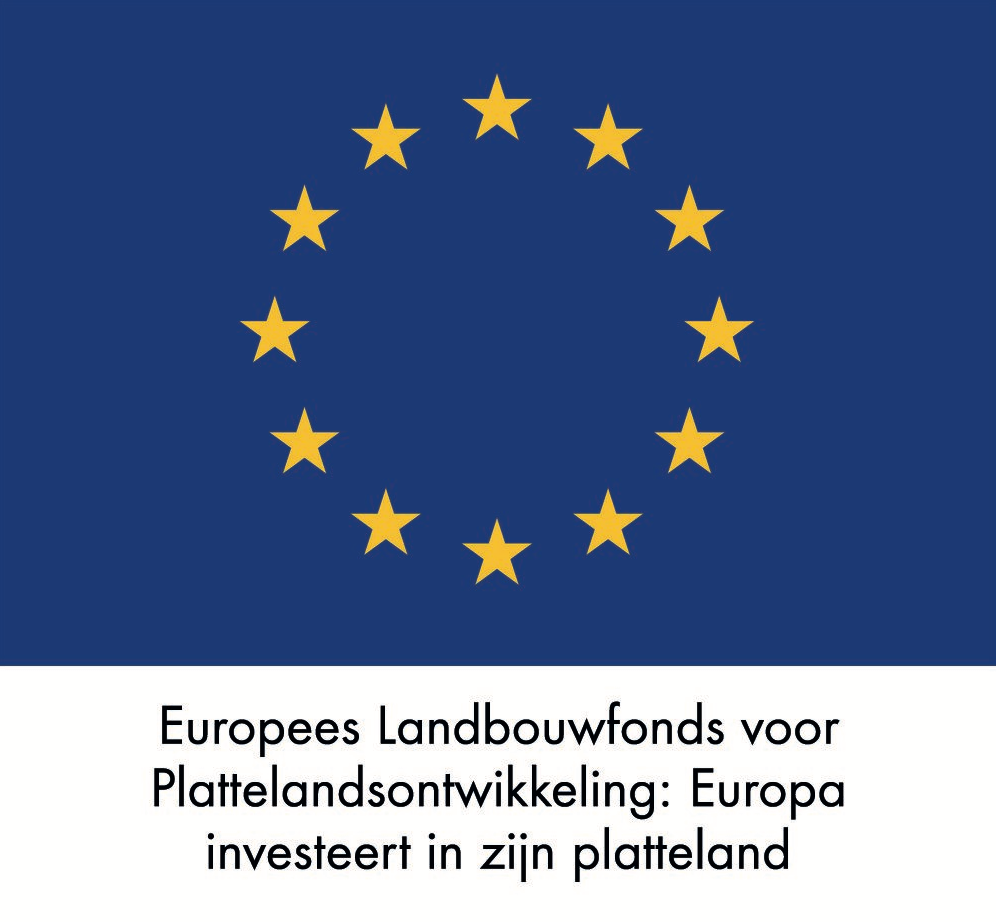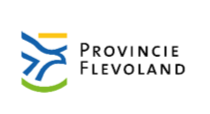Projects on the theme of Smart Farming focus, among other things, on the ongoing development of innovations and the practical application of new techniques.
HLB has a long track record in translating scientific knowledge into practice. We use our expertise in various projects, sometimes as initiators, sometimes as a partner. This page provides an overview of current projects on this topic.
With a select group of farmers, the front runners, a basic package for precision agriculture is being developed that they can start working on. Innovation through simplification. A basic package that makes precision agriculture widely usable in practice. The added value of the innovation is primarily the feasible application for a large number of companies in Groningen, Friesland and Drenthe.
Project partners: HLB BV, Boerenbedrijf Beuling bv, Siebring Akkerbouw, Dacom Farm
Duration: August 2018 – December 2021
The POP 3 project Flevoland Innovatieland is already coming to an end. The project aims to get to know several new innovative solutions in practice. Smart precision systems and sensor technologies that analyse the condition of the soil and the crop. That helps to work more accurately and economically (more sustainably) towards a healthier soil and crop. Sharing the knowledge gained with Flevoland farmers is an important part of the project to speed up the introduction of precision technologies.
The project is a partnership between HLB and Aeres Hogeschool in Dronten. At the start of 2018, Stichting Veldleeuwerik also participated in the project.
Students doing the minor Healthy Soil and the minor Healthy Crops have worked out various issues where the innovations have been used as tools. The innovations include: the Lab in a Box (Liab), Thrips monitoring, the Leafspot box.
In 2019, HLB started the project with 10 Flevoland arable farmers and 15 students. The results of the first year were:
- There are significant differences in soil composition in Flevoland and the North-East Polder. Therefore, there are also differences in the potential yield and quality of the crop.
- Significant variations in soil fertility were observed within the plots. The differences are most significant on sandy soil. The variation on clay soils was often less pronounced.
- There seems to be a correlation between Liab results and the degree of Thrips infestation.
- The task map created using the Liab method makes it possible to manage the soil very precisely.
In fact, the intention was to introduce the innovations to a whole new group of growers in the second year, but several participants from the first year felt the need to expand on the earlier results of Liab and Thrips in particular.
Unfortunately, in 2019 Leafspot had developed a system error that prevented it from being deployed. In the second year, Leafspot could be used to identify several leaf diseases. The in-depth study has produced outstanding results:
Project results Lab in a box
Liab is an analytical method in which five samples are taken per hectare, and each sample consists of 40 cuts. This makes it possible to map the soil very precisely and yields tools for cost reduction and yield improvement. The possibilities for using Liab are manifold:
- Site-specific fertilisation
- Various task cards – herbicide dosage, fertiliser application, planting and sowing distance
- To gain an insight and make predictions about the areas in the field that may be more susceptible to diseases and pests.
- To gain an insight into what needs to be improved and where in order to grow good quality crops with uniform yields.
- It can also help in choosing varieties for seed potatoes, for example.
Project Results Monitoring Thrips Tabacci
- Started with monitoring only, based on a protocol. Wind direction was one of the criteria for placing the sticky traps.
- During the project, it turned out that environmental factors (such as mowing behaviour, crop on adjacent plots, roadside verges, etc.) are also important criteria for the crop’s health and, therefore, the health of the soil.
- Thrips seem to do the most damage in a stressed and unhealthy crop. In a healthy crop, the risk seems much smaller.
- The effectiveness of systemic agents is usually disappointing because they do not work as well in crops under stress. .
- Water (from rainfall or sprinkling) is the most effective natural control. Thrips are washed away and rainfall reduces drought stress.
- The result of the project is that the preparation of a Thrips Management Plan is recommended.
Project results Leafspotbox
In 2020, many measurements were taken from five participating growers. We can see that Leafspot is already working well for several diseases, but it is still too early to draw conclusions regarding aspects such as savings on crop protection products due to no or less preventive spraying. What is striking is that, irrespective of the spraying behaviour, preventive or not, rotation, etc., all participants observed Cercospora in beets. In the potatoes, Alternaria was detected with Leafspot among all participants. We plan to analyse this further to find possible answers in the time to come.
The third year (2021) will be used mainly to compile the results, share knowledge and produce reports.
The POP3 project Flevoland Innovatieland has given great impetus for sustainable agriculture. The functionality of the various innovations and, in particular, the links that appear to exist between soil health, crop yield and damage caused by pests and diseases in the crop are an added value. It seems that the innovations can be used to make a good prediction and accurate adjustments. This not only results in considerable cost savings and higher crop yields for the grower, but is also better for the environment.
It is still too early to draw any firm conclusions from the findings of this project regarding the links between the various innovations. Further field research will be conducted to further demonstrate this and validate the reliability.
In the autumn of 2021, a booklet will be produced as a project result, providing a detailed description of all issues, studies and experiences.


HLB is looking into the possibilities of using fewer chemicals to control weeds in arable farming in the Peat Colonial area in Drenthe and Groningen. In this region, weed pressure is generally very high due to the soil characteristics. This makes arable farmers highly dependent on chemicals. However, chemical products carry risks for the environment and biodiversity.
HLB has laid out demo fields in potatoes, sugar beets and grain on valley and sandy soil to determine whether weeds can be controlled with or without chemicals. On the demo fields, strips have been laid out in which weeds are controlled with fewer chemicals or only mechanical methods. The effect of this weed control is compared with the usual method.
The videos below show some of the activities carried out in the spring of 2020:
HLB – mechanical weed control explanation weeding harrow
HLB – mechanical weed control early
HLB – mechanical weed control potato
This project is a collaboration between HLB, Wageningen University & Research and Agrarische Natuur Drenthe. The project was established with support from the European Agricultural Fund for Rural Development: Europe is investing in its countryside.
Project leader HLB: Corine Pinkert
Project partners: HLB BV, WUR Open Cultivation, AND/ANOG
Duration: February 2018-October 2021

Various project partners will work together in this project to strengthen the knowledge level of precision agriculture applications in the Peat Colonies. The group works along two lines. The first line involves demonstrations at the Peat Colonies innovation centre in Valthermond, supplemented by home demonstrations of drone technology. Fields of application such as soil sensors and sampling techniques, apps used in cultivating starch potatoes and robotisation, 5G connectivity, drones and Artificial Intelligence will be demonstrated. The second line that the group will develop is to strengthen the level of knowledge based on three study groups of 10-15 farmers each, supplemented by thematic workshops for a broad group of farmers and property owners in the Peat Colonies. A special aspect of this project line is the link with students and education. Student groups are linked to the study groups to make good use of farmer-student learning processes. The experiences of this project will be used for broad roll-out within the vocational education curriculum so that an indirect learning effect is created that goes beyond the project period.
Within this project, HLB guides a number of grower groups in making sustainability plans for their business. By joining these specific active grower groups, the new knowledge is tested directly on farms in the region in consultation with the growers.
Project leader HLB: Sanne Graafstra
Project partners: HLB BV, St Wageningen Research, N.B. Advies B.V., St Agrarisch Opleidingscentrum Terra, Duration: January 2020 – December 2022